Rocky Mountain Oil Range: Is Water for Shale?
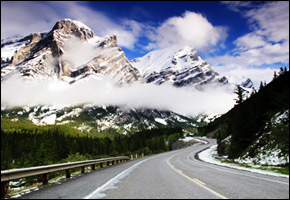
The West harbors beneath its jagged peaks three times more oil than Saudi Arabia. As oil companies pray for permission to tap, officials worry the Colorado River cannot provide water enough to win the oil earthward.
The oil is currently embedded in shale. When the shale heats, out seeps kerogen — a substance that can be refined into fuel. But the energy needed for this process could consume vast amounts of the West’s waning water supply. According to Denver Water Board commissioner Susan Daggett, “There are estimates that oil shale could use all of the remaining water in upper Colorado River Basin.”
Not only is the process water-intensive, it also releases toxins from the shale itself. Along with the coveted kerogen comes arsenic, selenium, cyanide and other dangerous elements that potentially seep into groundwater supplies — supplies that millions of people across the West drink.
“Can groundwater be protected?” Harris Sherman, executive director of the Colorado Department of Natural Resources, asked in the Nashua Telegraph. “Areas where this technology will be used are all tributaries for the headwaters for all of the seven Colorado Basin states.”
According to the Telegraph, the oil shale industry shares in the $700 billion bailout, with funding for infrastructure development. Oil Shale developers currently enjoy a initial royalty rate of five percent, significantly lower than the standard federal oil and gas royalty rate of 12.5 percent.
The Bush Administration historically supports oil shale production. But soon-to-be Secretary of the Department of the Interior Ken Salazar said in November that, “Over and over again, the administration has admitted that it has no idea how much of Colorado’s water supply would be required to develop oil shale on a commercial scale, no idea where the power would come from and no idea whether the technology is even viable.”
Read more here.
Source: Nashua Telegraph

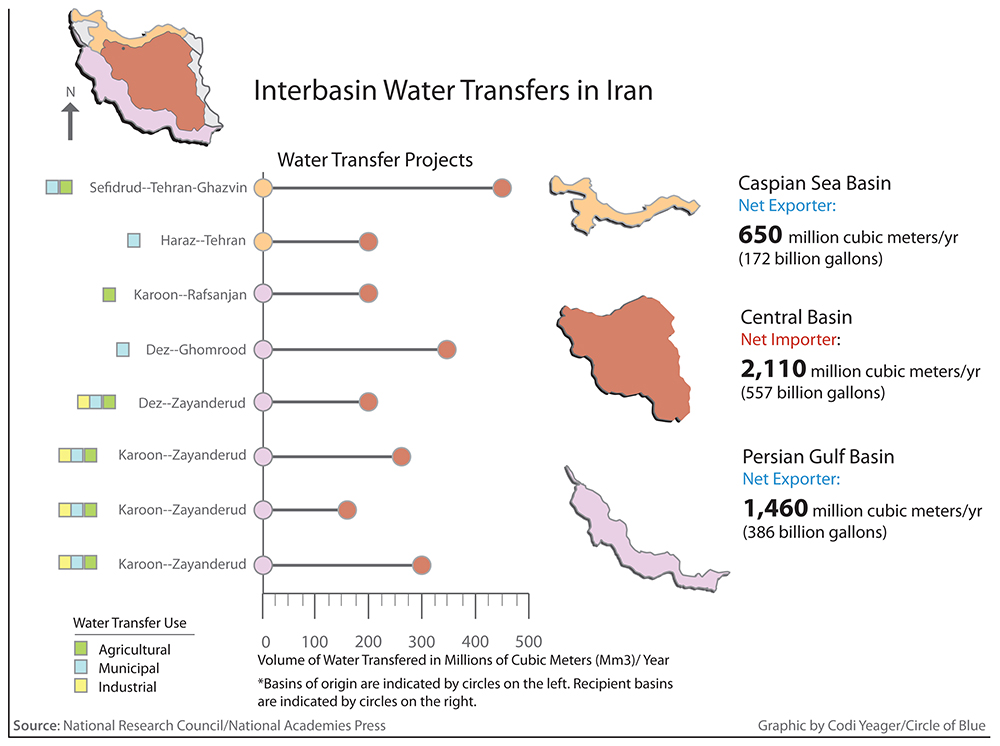
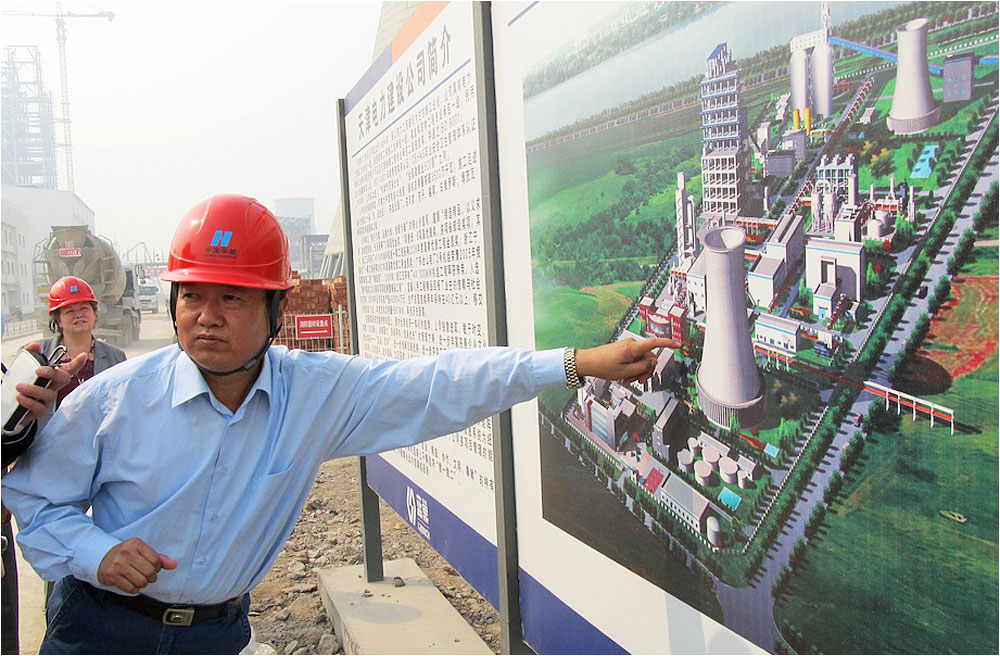


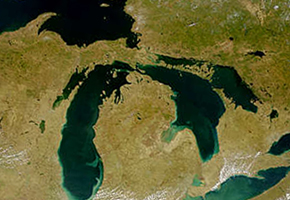


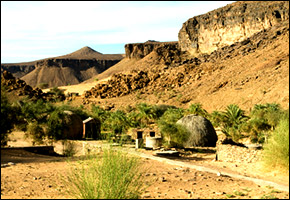
Leave a Reply
Want to join the discussion?Feel free to contribute!